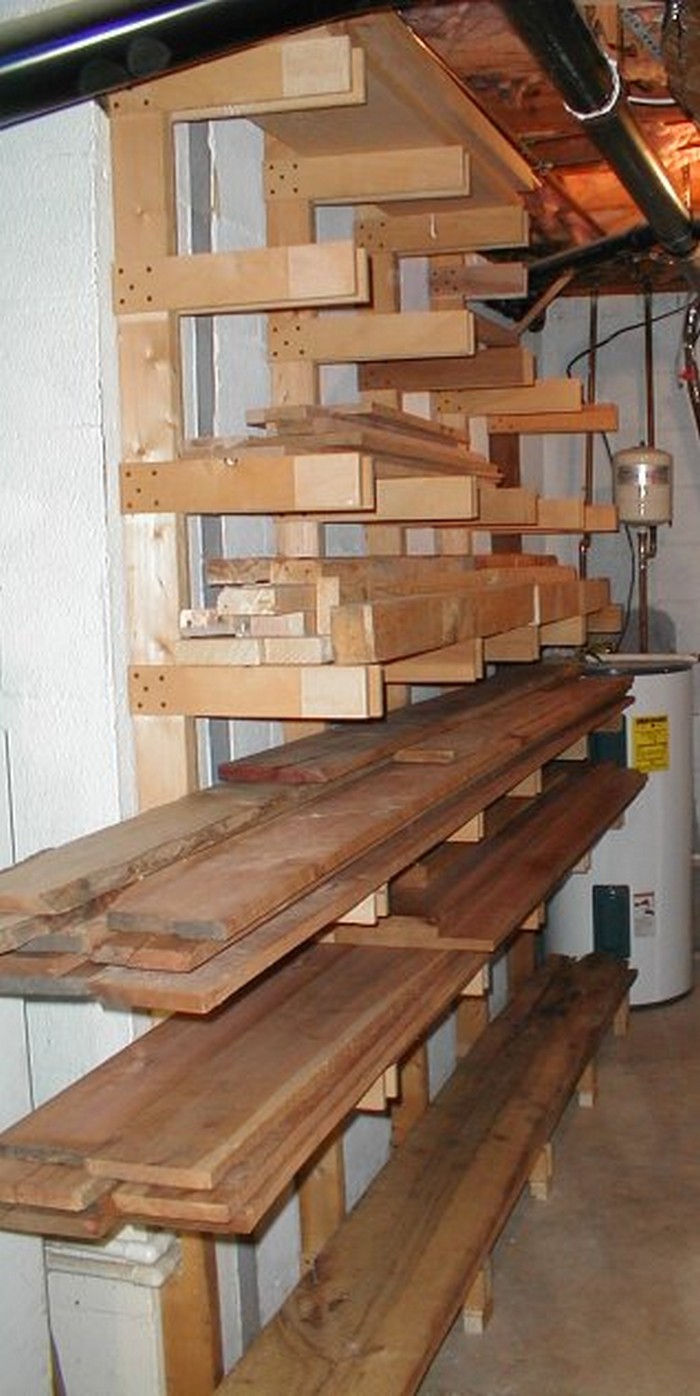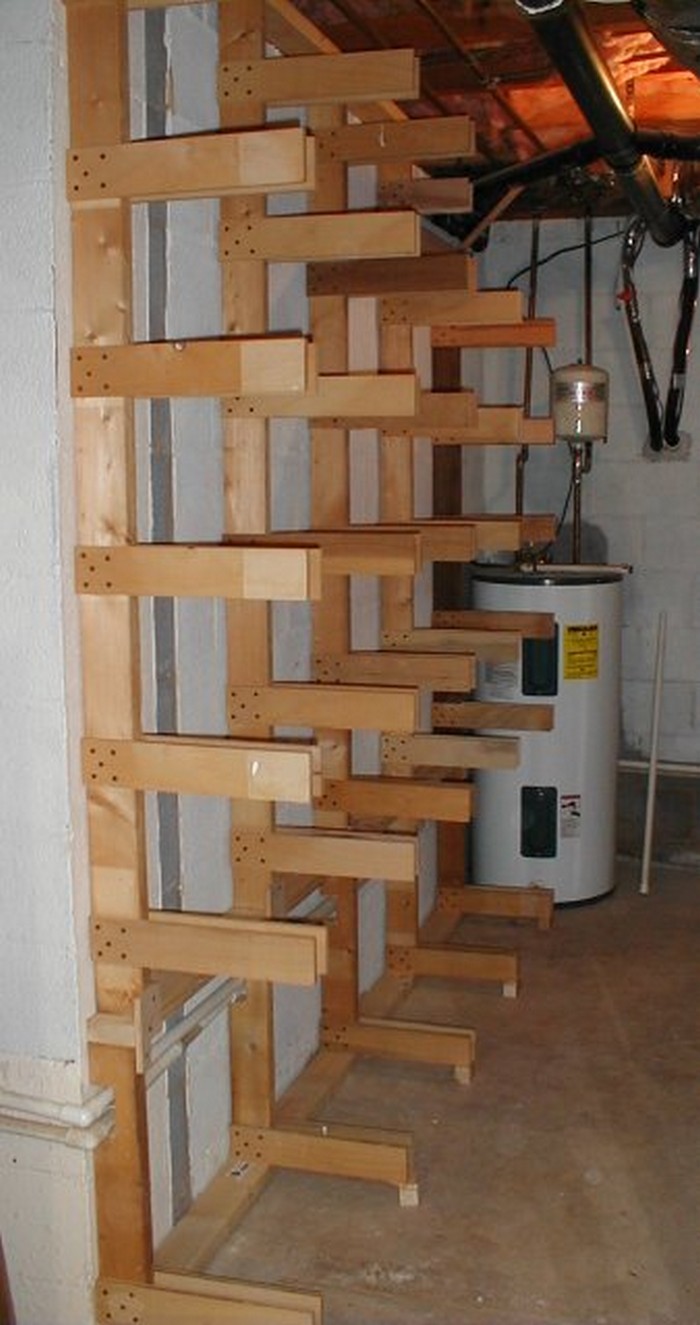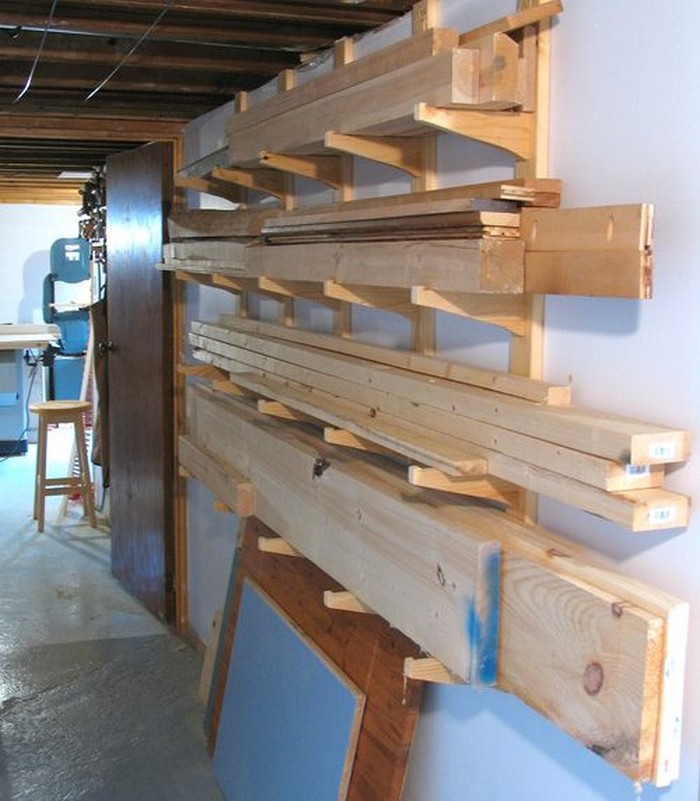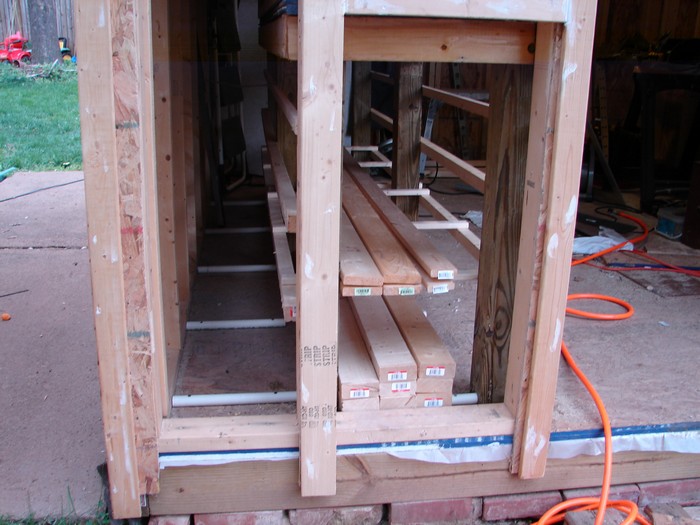Last Updated on October 13, 2022 by teamobn
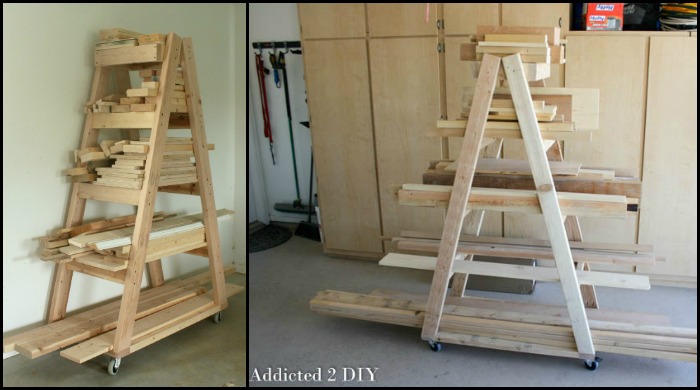
When it comes to woodworking, it’s always a bonus to find high-quality lumber that can be saved for future projects. However, it can be quite frustrating when our lumber pile starts making a mess in the workshop.
One way to keep your lumber pile neat and tidy is to invest in a good-quality lumber rack. A lumber rack will allow you to store your lumber off the ground and out of the way, making it much easier to keep your workspace clean.

A disorganized lumber pile can be more than just a nuisance in your workspace – it can also be a safety hazard. When lumber is strewn about carelessly, it creates trip hazards that could lead to serious accidents and injuries. Not to mention, it makes it difficult to find what you need when you need it.
To avoid these dangers and keep your workspace efficient and orderly, take the time to properly organize your lumber pile. Taking these simple steps will help you avoid accidents and injuries, and make your workspace a more pleasant and productive place. If your workshop or garage is currently a mess because of your lumber pile, then this portable lumber rack can be a great solution for you.
This storage idea is great for organizing your timber by size. You can easily spot and pull out what you need, making your work more efficient. This is especially helpful when working on projects that require specific lumber dimensions. By having your lumber sorted by size, you can avoid wasting time searching for the right piece.
Not only is it easy to move your lumber storage around as needed, but it can also help you be more efficient in your work. When you are working in a different area, you can simply take your lumber pile with you, rather than having to go back and forth to a central location. This can help you save time and increase your productivity.
Are you looking for a more efficient way to store your lumber? With this lumber storage system, you can easily rearrange your workshop to make the most of your space. This system is also easy to strip down and move, so you can always keep your workspace organized and optimised for your needs.
Is this the right lumber storage idea for you?
You can get step-by-step instructions from Addicted 2 DIY over here…
Here are other lumber rack storage ideas you might also be interested in building:
Click on any image to start the lightbox display. Use your Esc key to close the lightbox. ![]()
Swing-Out Plywood Storage
Organizing your garage or workshop is easy with this swing-out plywood storage system. It’s strong and versatile and can be customized to fit your space. You can build it in just a few hours!

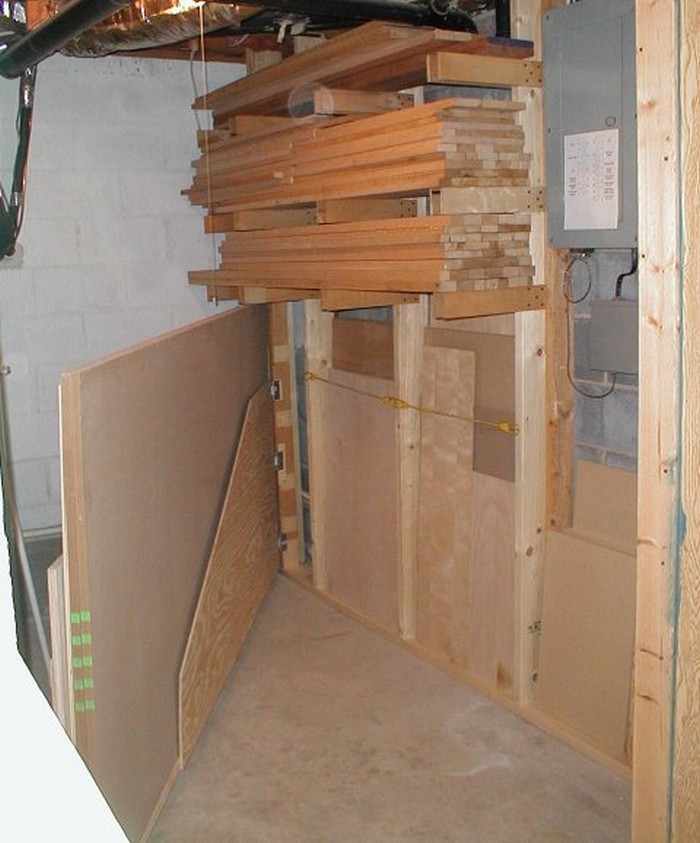

If you’re looking for a creative and budget-friendly lumber rack solution, then look no further than storage made of pallets! You can easily transform a few pallets into stylish and functional storage units.
By simply attaching a few pallets together, you can create a sturdy storage unit that can hold all of your lumber. You can also add wheels to the bottom of your lumber rack unit so that you can easily move it around your workshop.

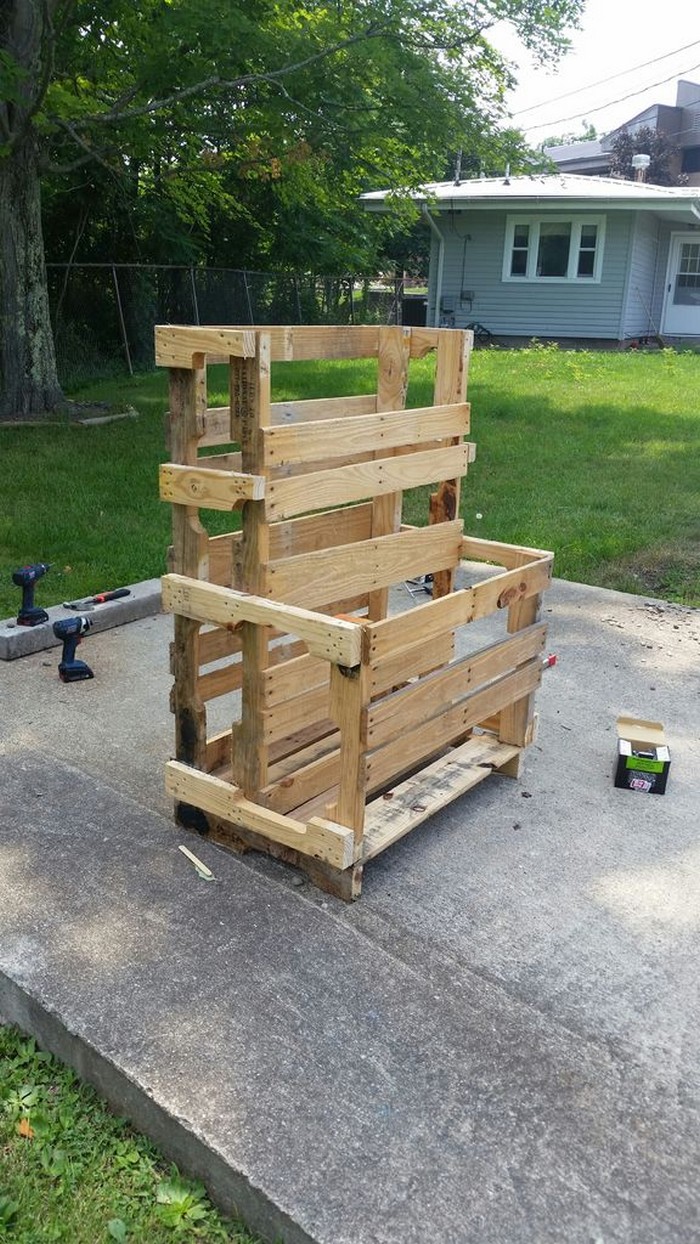

Lumber Storage Cart
When choosing a lumber rack cart, consider the size of the cart, the materials and the type of wheels it has. You’ll want to make sure the cart is large enough to accommodate the lumber you plan on storing, and that the wheels are appropriate for the type of flooring in your shop.

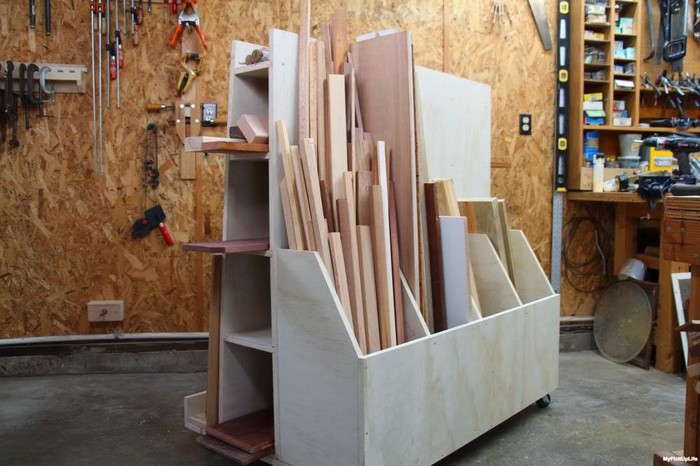
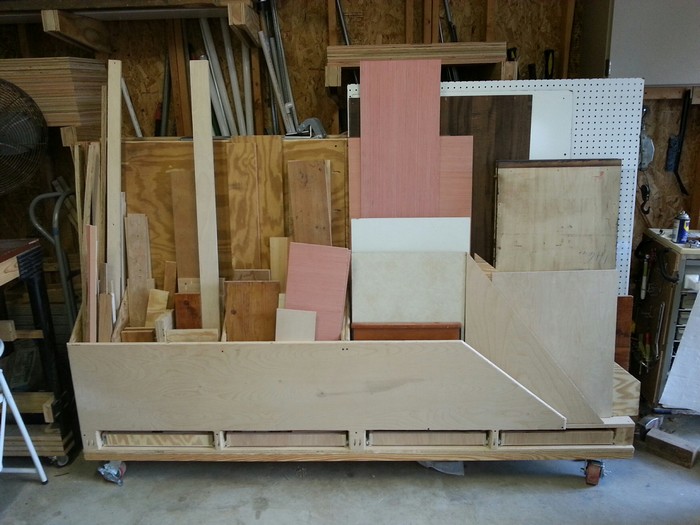
Vertical Lumber Storage
This vertical lumber storage is the perfect way to utilize extra space and keep your lumber organized. You can secure the lumber with chains or even with pieces of wood, ensuring that it is safe and out of the way.
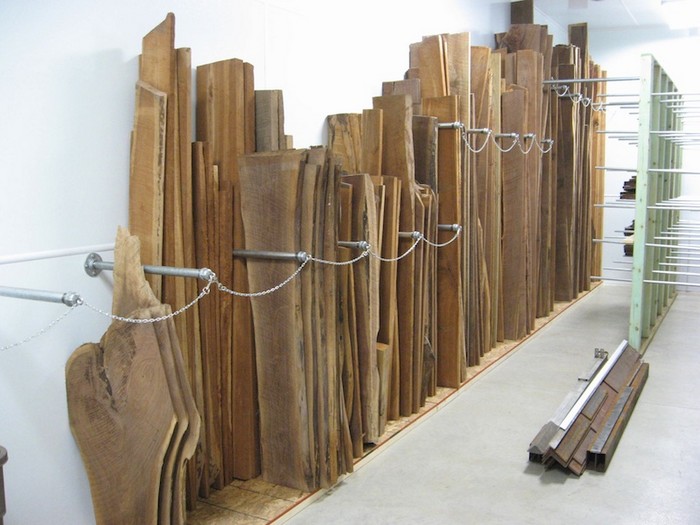

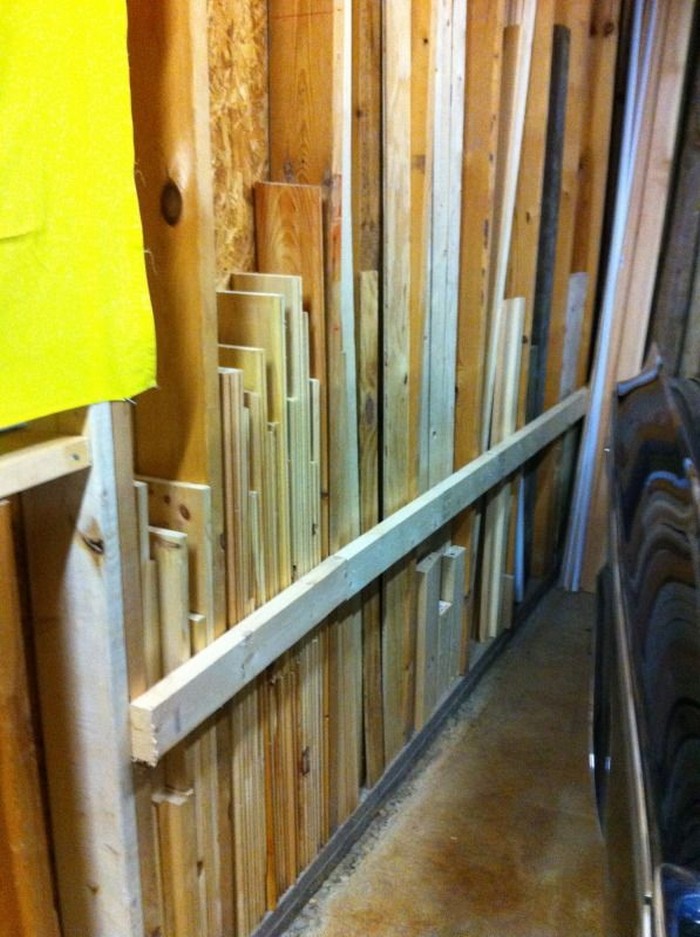
Wall-Mounted Lumber Storage
Another advantage of wall-mounted lumber storage is that it keeps the lumber off the ground and away from moisture. This can help prevent the lumber from warping or developing mould.
